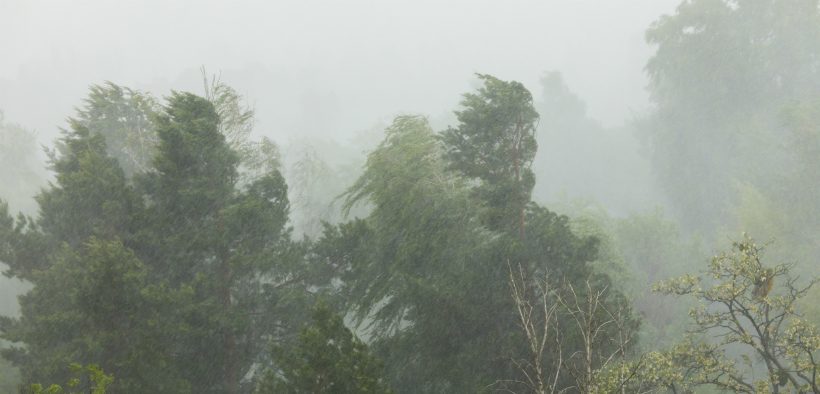My recent column on teaching in troubling times mentions the need for flexibility, and one of my dear colleagues noted that the idea of flexibility needed to be fleshed out. I agree, with one of my first thoughts being I don’t think I’ve ever read anything that explores how flexibility works in teaching situations. If you have, please share the reference in a comment.
Flexibility: Where to Bend and How Much?

Related Articles
I have two loves: teaching and learning. Although I love them for different reasons, I’ve been passionate about...
Active learning is a mostly meaningless educational buzzword. It’s a feel-good, intuitively popular term that indicates concern for...
Perhaps the earliest introduction a student has with a course is the syllabus as it’s generally the first...
Generative AI allows instructors to create interactive, self-directed review activities for their courses. The beauty of these activities...
I’ve often felt that a teacher’s life is suspended, Janus-like, between past experiences and future hopes; it’s only...
I teach first-year writing at a small liberal arts college, and on the first day of class, I...
Proponents of rubrics champion them as a means of ensuring consistency in grading, not only between students within...







